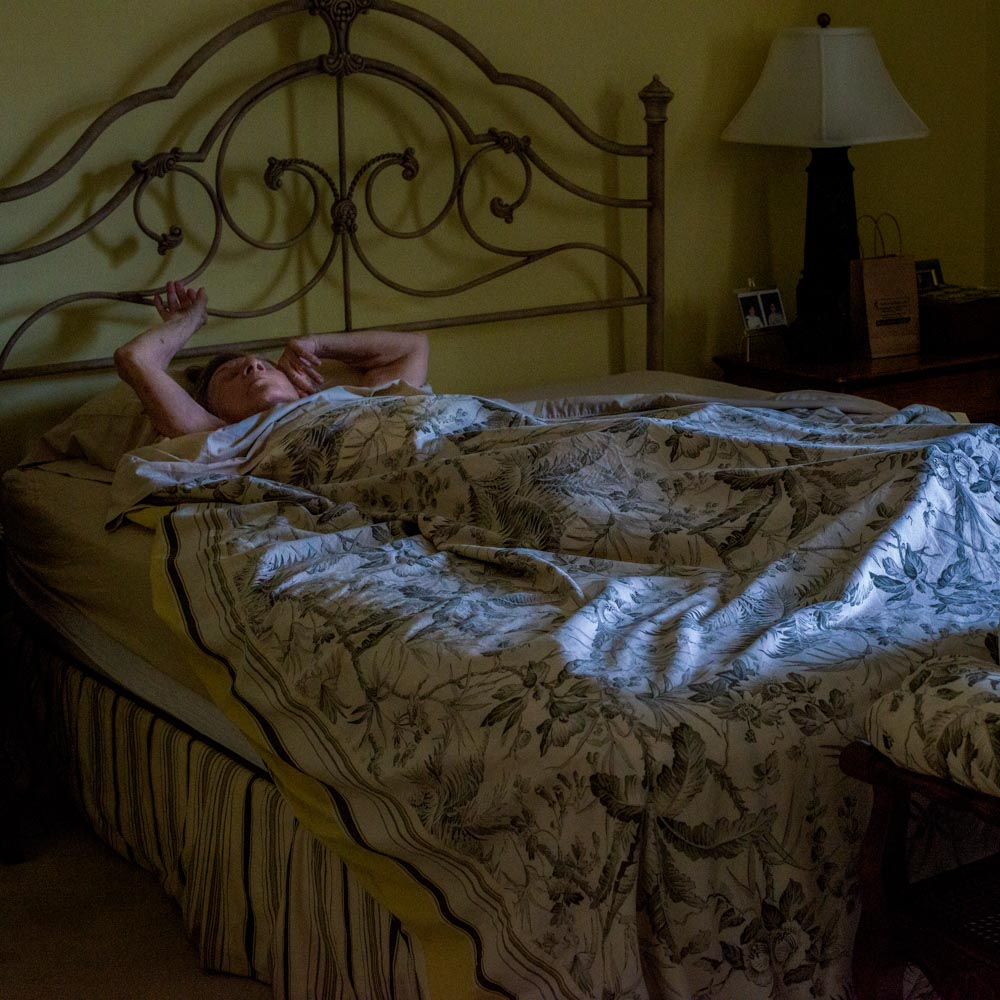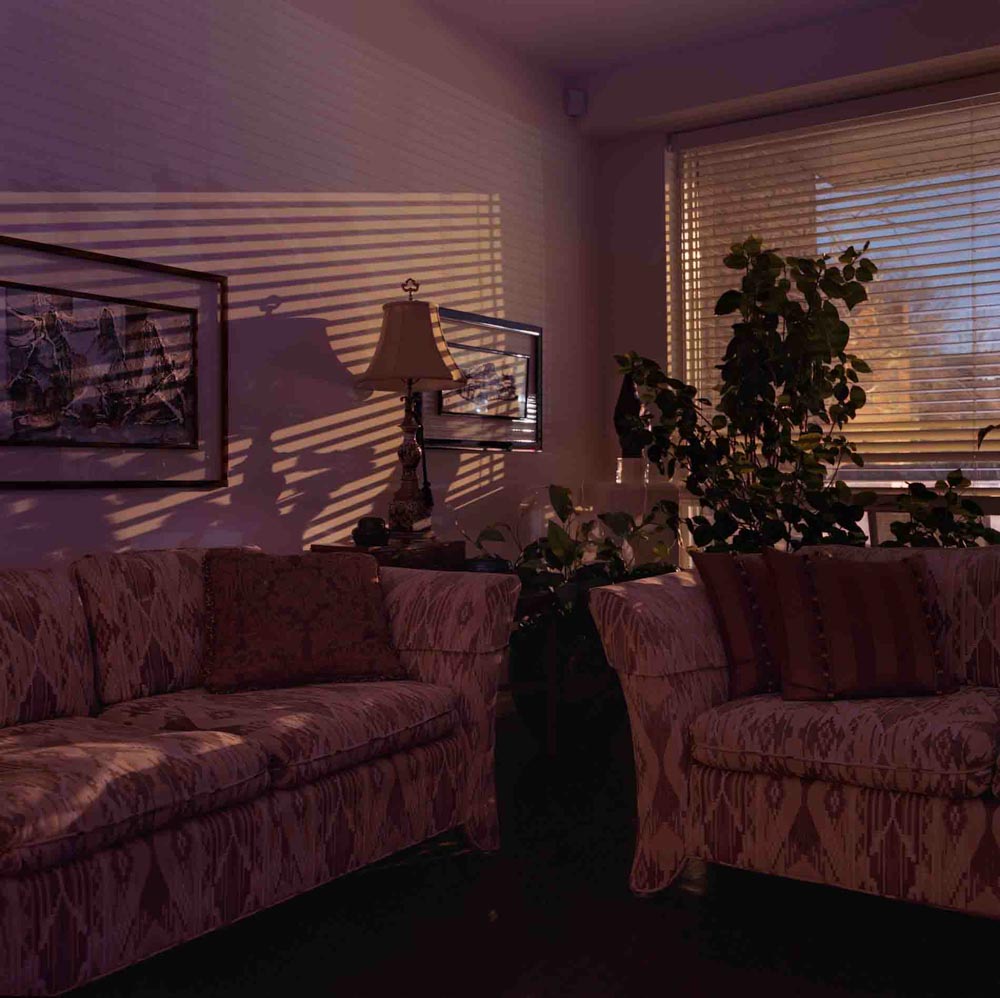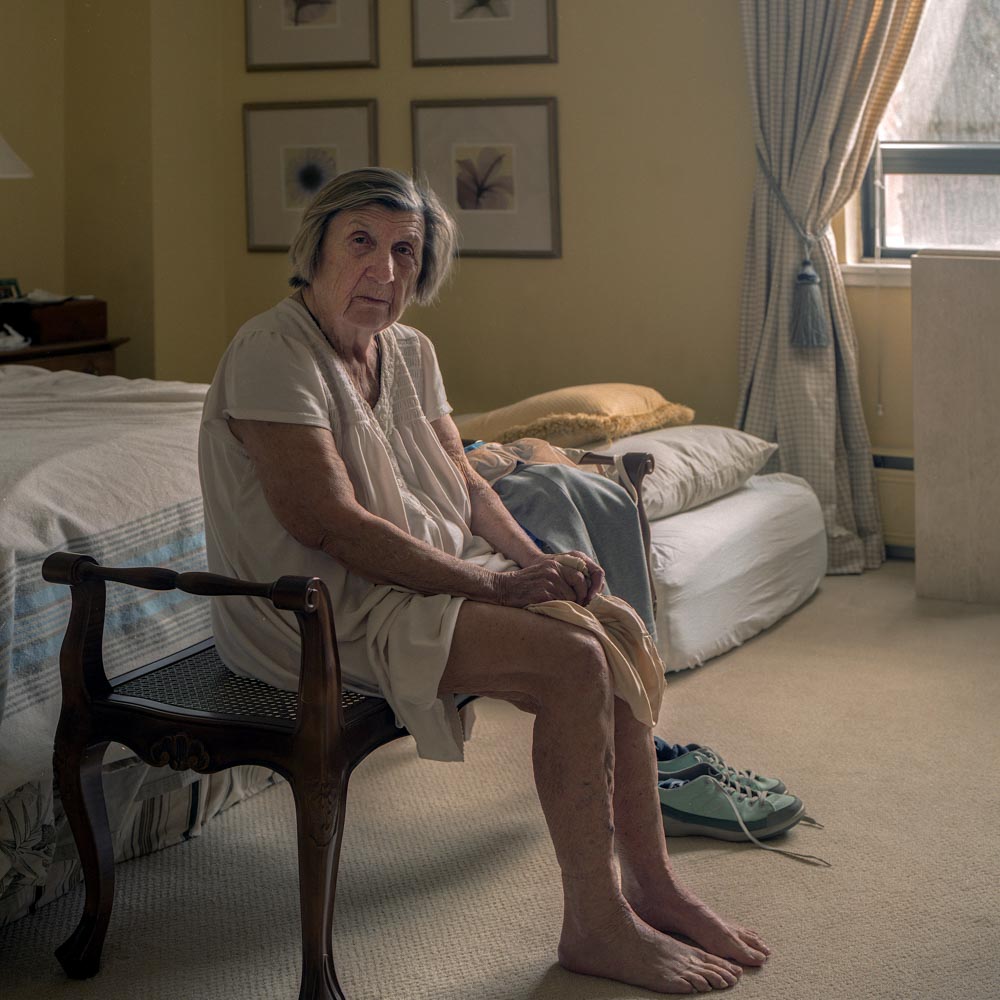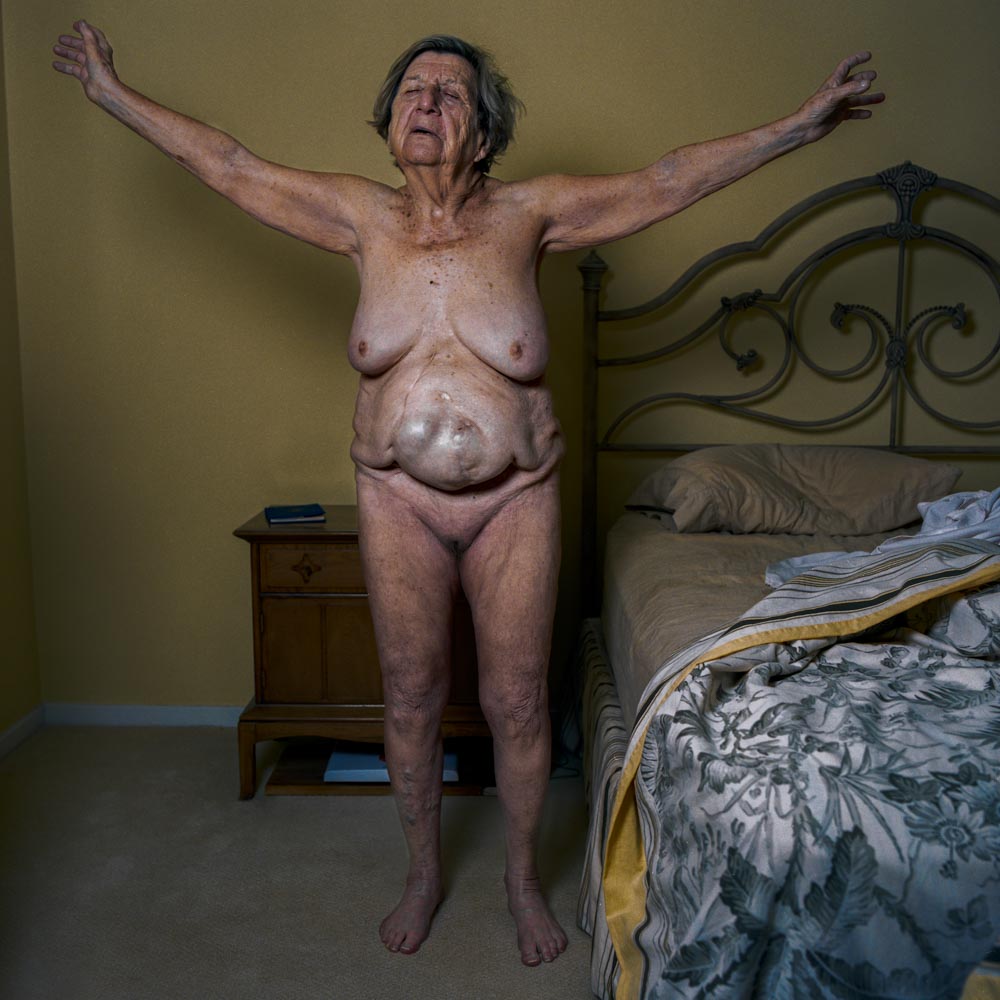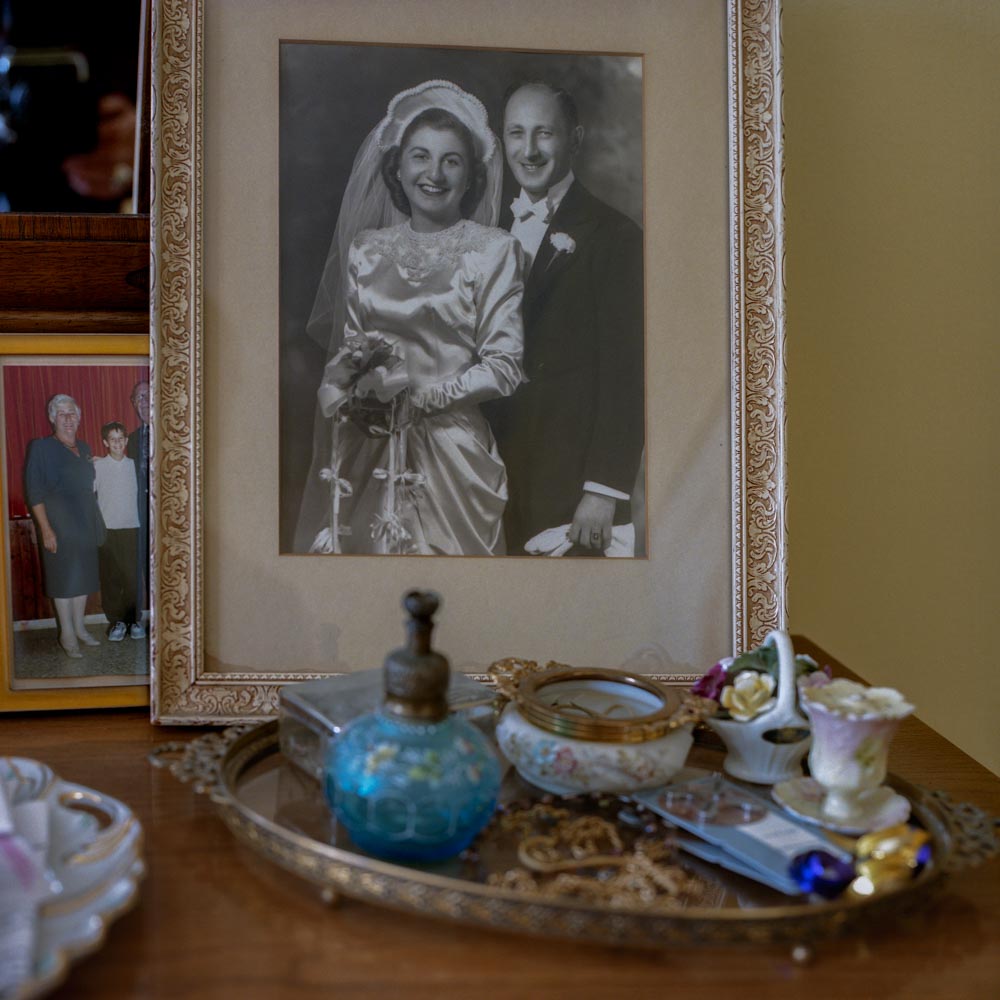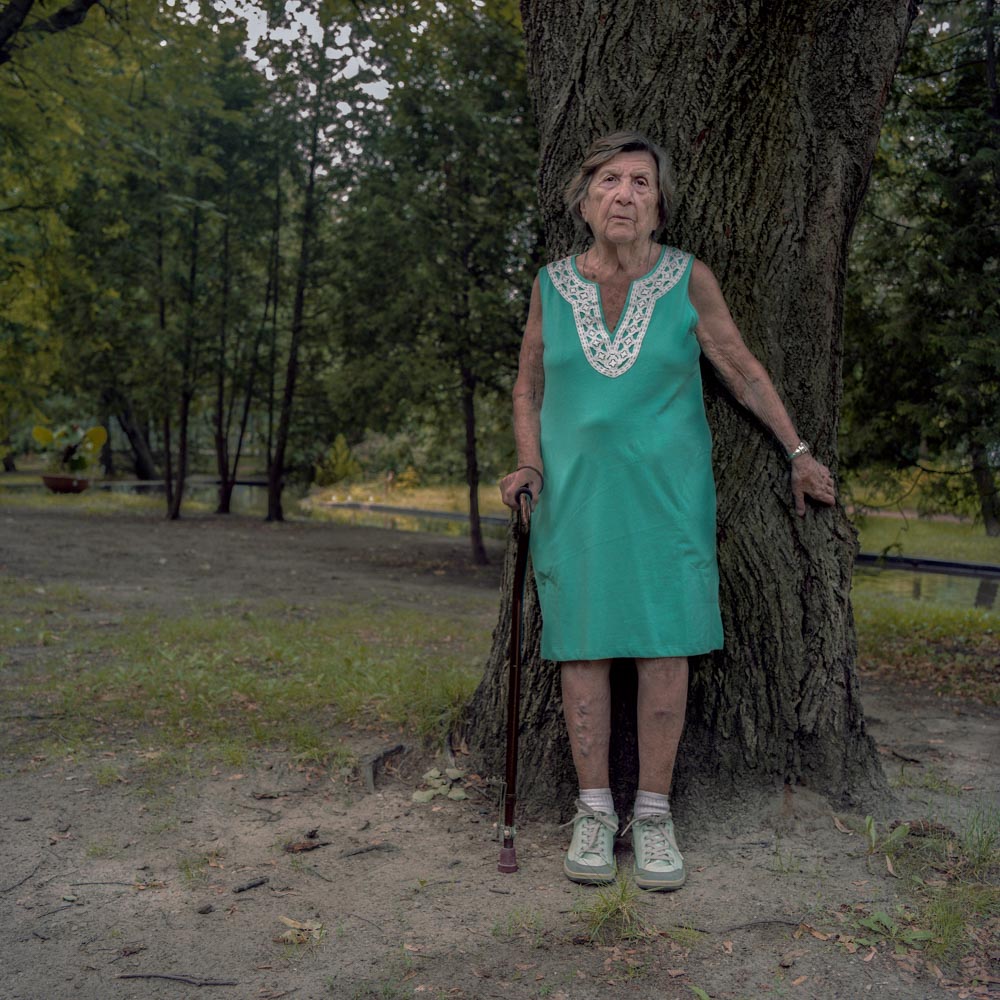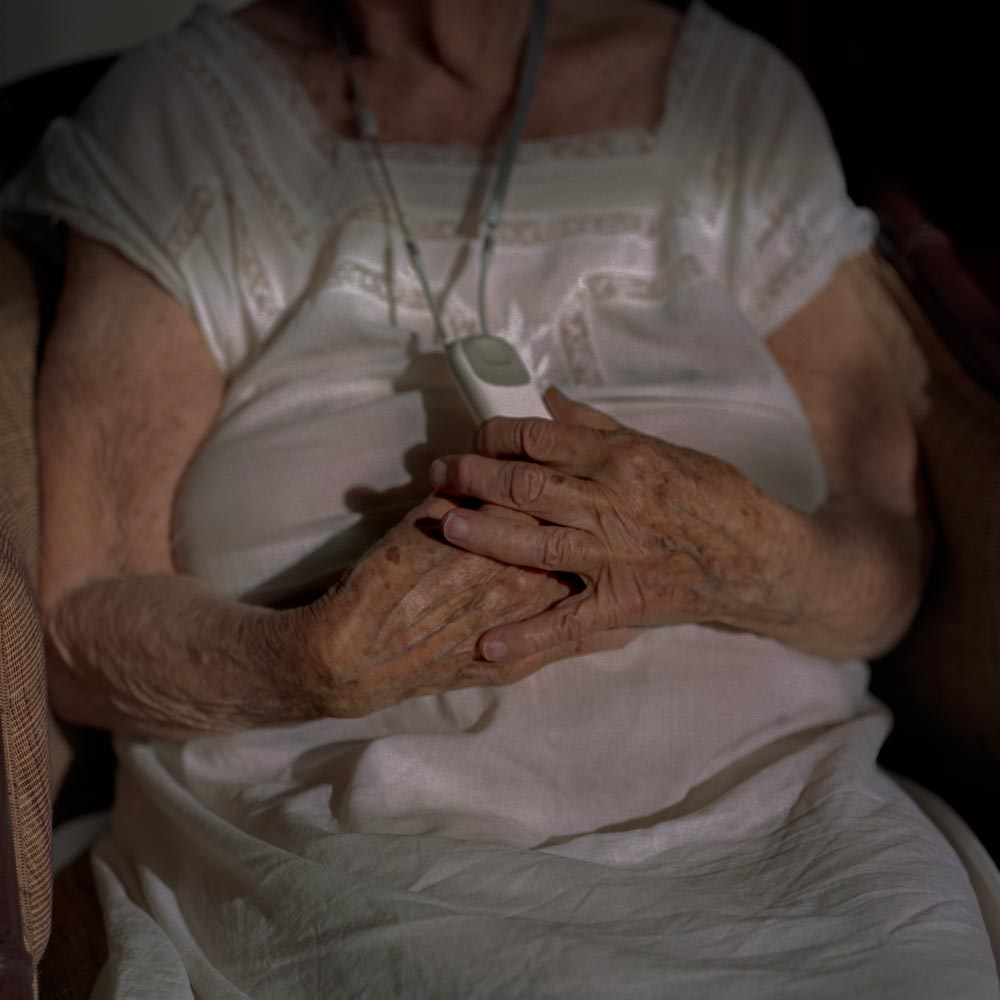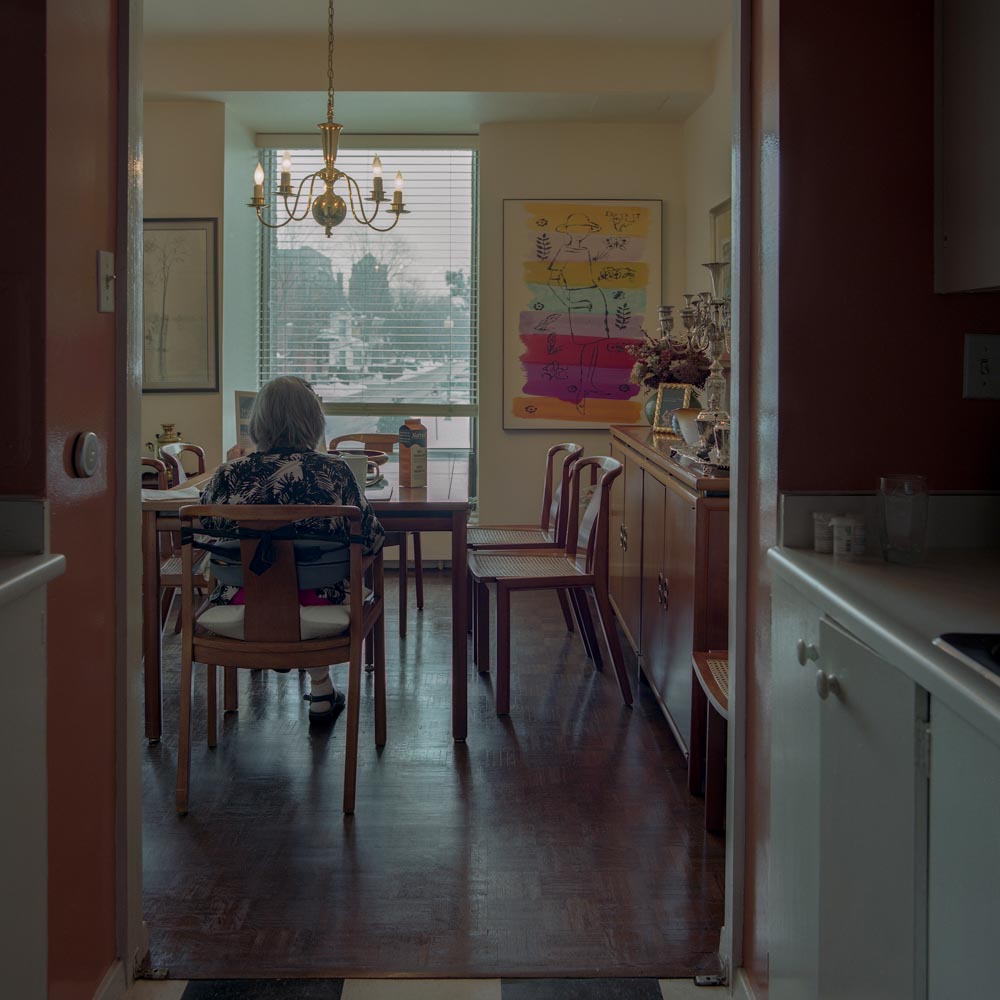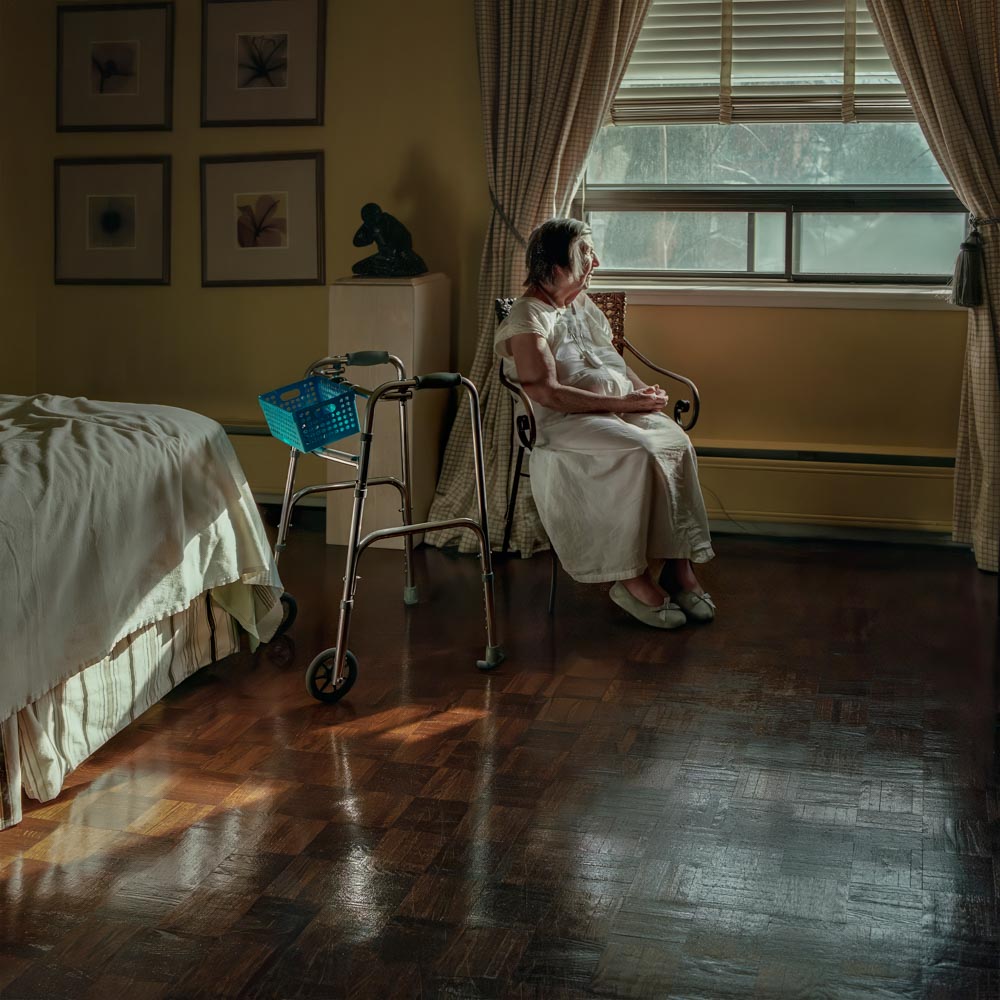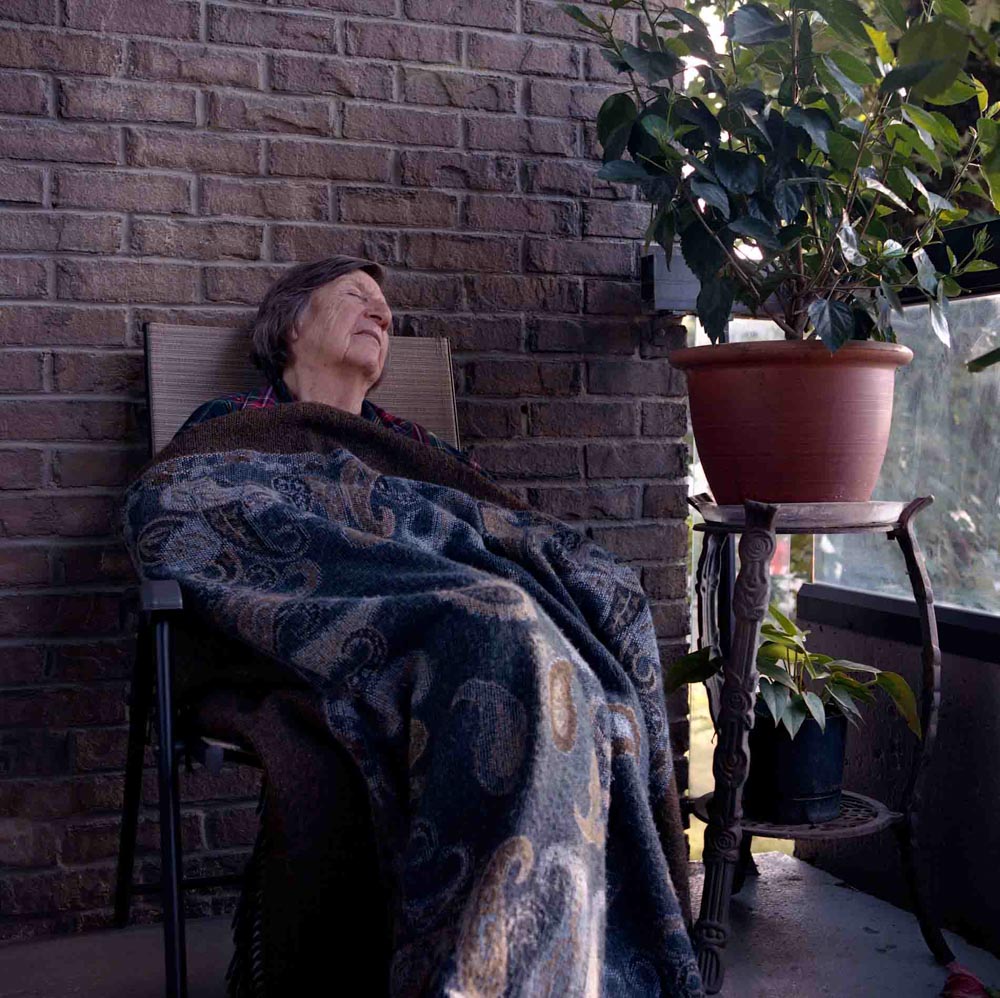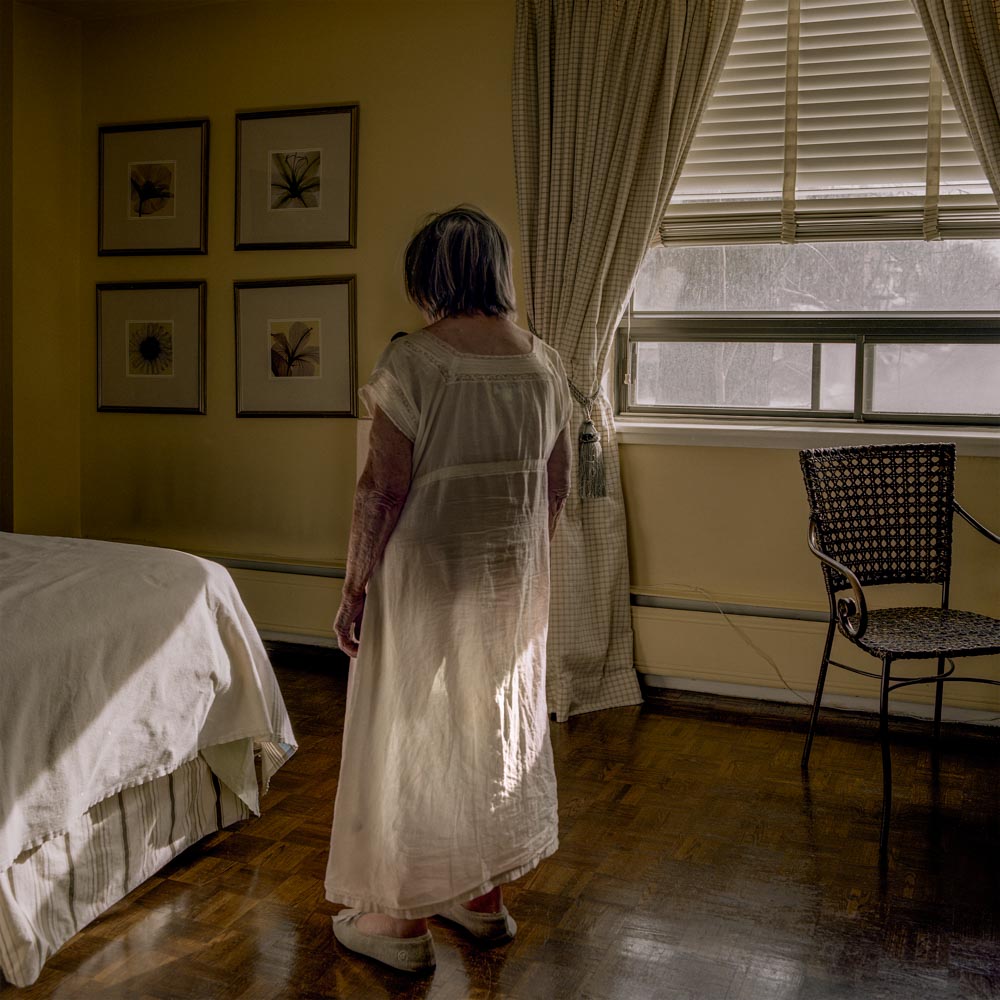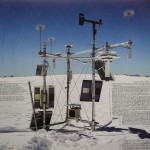Focus on Aging: Ruth Steinberg: Hold Fast
By Beate Sass and Ruth Steinberg
When we invited artists to respond to our call for projects about aging, little did we anticipate that every photographer who submitted would be highlighting their parent’s story. This should not have come as a surprise. Statistically, we are living longer than previous generations, however, our social and health services have not caught up to this reality. The impact of this omission is that the care for our elders has fallen increasingly to their children to oversee or manage hands-on themselves. Although our experiences in photographing our loved ones are varied, one commonality we shared is that we became caregivers, to various degrees, to one or more parents. We also recognized that as the end of life neared, the time spent with our parents was even more precious, and yes, at times challenging and frustrating as we navigated a world of elder care that is tragically under-resourced.
People are living longer and healthier lives, yet elders often experience physiological changes in vision, hearing, mobility, and cognition which can lead to a loss or reduction in capacity. How we define capacity can be more generous than just considering the losses. Assistive devices, such as hearing aids and walkers, specialized senior programs, and hiring direct support professionals, enhance capacity and the enjoyment of life. We’ve witnessed many of our parents adapt to quieter pleasures and simpler joys, which gives those of us who support them an important lesson on how aging can still offer delight, no matter what stage of life one is in.
As photographers, we can show aging in all its expressions: there is no “one size fits all.” This series of five projects honors our parents, those still with us, and those who have passed. We celebrate how they lived, and how they continue to embrace life, despite their losses and challenges.
Ruth Steinberg is a photo-based artist who uses the camera as a tool to open doors to conversation, uplifting the voices of her subjects. Through visual storytelling she examines facets of dignity, resilience, and presence, with particular focus on the elderly. Her work has been shown across North America and internationally including the Karsh-Masson Gallery in Ottawa, LACP: Centre of Photography in California, PhotoPlace Gallery in Vermont, and FotoNostrum, Mediterranean House of Photography in Barcelona. In 2017, as part of an intergenerational chain of mentorship, Steinberg was selected to exhibit in Continuum: Karsh Award artists welcome a new generation. In 2022 she received the first place for the Figureworks Exhibition and in 2023 she was a Photolucida Critical Mass 200 finalist.
Instagram: @ruth_steinberg_photographs
Hold Fast
Hold Fast presents my mother, Tsyvia, a 99-year-old who lives alone in a rental apartment and navigates her world with fierce independence. Tsyvia is resilient, clear-eyed about aging and all too aware of her finite years ahead. Yet this knowledge does not hamper her going about her day with as much vigour and intention as she can muster.
This body of work counters the typical narrative on aging and represents the many unseen elder members of our society who live their lives as fully as possible despite the limitations of their bodies. The images were made over several years, from 2015 to 2022. They reveal the slow but inexorable changes that accompany aging. They also show that aging can be a very lonely time of life, as friends die and those that remain are often too incapacitated for social engagement. For Tsyvia, this reality has been painful, and isolating. However, she still greets the new day and her diminished world with the acceptance necessary to carry on.
It has been said that every photograph is a self-portrait; this idea is particularly true for the photos of Hold Fast. Photographing my mother brought into clear focus some of the issues I face about my own aging; observing Tsyvia’s journey toward the end of her life portends my own. Coming to terms with the changes in my face and body and my social circumstances requires an unsentimental pragmatism that is best modelled by my mother’s equanimity and grace. – Ruth Steinberg
Interview with Ruth Steinberg
By Beate Sass
You became a photographer later on in your artistic journey. How did your training as a painter shape and influence your transition to photography and when did it begin?
My undergraduate degree is a BFA; I graduated in 1975, eons ago! At the time my school offered only “traditional” art school training in drawing, painting, sculpture and printmaking; photography was not introduced until I was in my final year. I knew while I was in school that neither drawing nor painting offered me the pathways to self-expression. My training was valuable in terms of helping me “see”, and for that I am grateful. I don’t know that it has had any direct influence on my photography practice.
It appears that you are drawn to visual storytelling that is heavy in terms of subject matter. As a photographer, what moves you to seek out stories about aging, illness and dying?
I have been exploring aging since the very beginning of my practice, mostly as an antidote to our culture’s obsession with youth. I want to normalize older bodies and faces, make them part of our visual landscape and not see them as “other” or worse, “undesirable.” I’m 71 and still vibrant, so in fact, at this point I’m advocating on my own behalf!
The series I did about MAID (Medical assistance in dying) was a continuation of an ongoing practice of photographing my elderly neighbour and friend, Alma. When she arrived at her decision for MAID I asked if we could continue to work together, to document her final five months and she readily agreed. I don’t know that I would have gone looking for such a project but it seemed a natural extension of the collaboration between Alma and me. It was a joyous and emotional experience and I am so lucky to have been able to make this work.
Why did you decide to photograph your mother, Tsyvia?
I started photographing my mom in 2015, not with the view of creating a series but more for the opportunity to refine my skills in portraiture (I had only just completed my two-year course of study in photography in 2014). Mom was a willing subject, and photographing her helped me continue my exploration of aging.
How did Tsyvia feel about being photographed?
I have been blessed throughout my life with my mother’s support of my artistic practice. The first time she posed for me was in 1972, for my portfolio submission to the BFA program! I think that Tsyvia enjoyed being seen, and knowing that her story as an independent elder mattered. Certainly, there were times that she wasn’t up to being photographed and I always abided by her feelings. Living in different cities also complicated how often we could work together. But by and large she enjoyed the collaboration.
There is one particular image of Tsyvia doing her morning stretches in the nude that is breathtakingly beautiful. Tell us how you came about creating this image.
That image was the gift of being in the right place at the right time. I was wandering around Mom’s apartment with my camera, looking to photograph some of her things for the series when I came upon Mom doing her stretches. I asked her if I could photograph her and she said yes. Interestingly, Mom was never curious to see the resulting photograph, but when I was editing the series I felt it was important to get her permission to make the nude public. Although she hesitated at first, she agreed to let me use it, which I think speaks to her generosity and unwavering support of my practice.
I imagine that over the seven-year period that you photographed Tsyvia you witnessed physical and perhaps cognitive changes. How had this affected your perception and ideas about aging?
Mom is not a typical 99-year-old woman. Despite a significant surgery 14 years ago she is still in relatively good health and hardly takes any medication at all. She is still able to enjoy her walks, although now with a walker, her vision is good (but not her hearing), and cognitively she shows little signs of decline. Unfortunately, one of the under-reported aspects of aging is loneliness: most of her friends have died or are not able to socialize much, which can lead to isolation and depression.
While on the one hand, Tsyvia’s good fortune is a blessing, I know that her situation is not typical of men and women who have reached her age. What this offers me is the understanding that there is no singular path to aging, decline, and death.
You have captured Tsyvia’s affinity for beautiful things. What does it mean for her to remain in her own home, surrounded by all the things she loves, living her life on her own terms?
Before her retirement Tsyvia was a geriatric social worker and one of her functions was to assess seniors and place them in foster homes, residences or nursing homes. I think that experience was enough to convince her that she did not want to be placed in any institution.
Mom loves the freedom to determine her own schedule, eat when and what she wants, walk as weather permits, and be in her home with the treasures that she has accumulated over her lifetime. She now has help; a caregiver, Olive, is with her Monday to Friday during the day and does the grocery shopping, cleaning, and most of the cooking. Most importantly, Olive is wonderful company for my mom and keeps her stimulated through shared activities like cooking, Scrabble, walks and conversation. I doubt that Mom would be as well, physically and emotionally, without Olive’s kind attention. It is
Where does the title for the project Hold Fast come from?
One of the images in this series is of Tsyvia gripping onto the trunk of a tree in the park across the street from her apartment. I had asked her to pose against the tress and she is holding on tightly to steady herself. To me it is a metaphor for how my mom has always lived: she’s held on tight to steady herself throughout whatever life has dealt her. She’s a survivor.
You completed Hold Fast in 2022. How did you conclude that you had completed the project?
I had decided early on that I would not follow Mom through any significant decline, out of respect to how she saw herself and how she would want to be remembered. And I felt that enough of the story had been told, with the changes in her environment apparent, to allow the viewer to fill in the blanks about what comes next.
How has photographing your mother influenced your relationship with her?
I have been very fortunate to have always enjoyed a very good relationship with my mother: we “get” each other. What has certainly come through for me in doing this project is a greater appreciation of her generosity and her willingness to let go of her ego. Mom, like most of us, likes to present herself to the public in the best possible light, yet for this series she allowed herself to be photographed naked, in her bathrobe, getting dressed, etc. I will always cherish that she allowed me to photograph her in “real life.”
What do you hope viewers will come away with after seeing Tsyvia’s story?
That there are many versions of getting older; that aging doesn’t always mean grave illness or cognitive decline; that being able to make decisions for oneself, however small, is important; that one can derive pleasure out of simple things like a walk in the park; that interpersonal connection is vital to well-being; and that having good financial resources plays a significant role in the quality of care available to seniors.
Beate Sass is a photo-based artist whose imagery is inspired by the Southwest region where she grew up and her experience as a mother and advocate of a daughter with a disability. Beate is not only drawn to capture the essence and beauty of her subjects but to also utilize her knowledge of visual storytelling to highlight and amplify the voices of those who are often overlooked. Most recently, Beate has turned her camera to the natural world and seeks to capture the peace and beauty found in wild places.
Beate’s photography has been featured in solo and joint exhibitions including The Museum of Contemporary Art of Georgia and the Southeast Museum of Photography. Her projects have been published in Lenswork, Oxford America, and South x Southeast Photomagazine. She has also self-published two zines and created a large-scale installation that was displayed in her hometown of Decatur, Georgia.
Instagram: @beatesassphoto
Posts on Lenscratch may not be reproduced without the permission of the Lenscratch staff and the photographer.
Recommended
-
Earth Week: Ian van Coller: Naturalists of the Long NowApril 22nd, 2024
-
Earth Month Photographers on Photographers: Tyler Green in Conversation with Megan JacobsApril 15th, 2024
-
Shari Yantra Marcacci: All My Heart is in EclipseApril 14th, 2024
-
Artists of Türkiye: Cansu YildiranMarch 29th, 2024
-
Broad Strokes III: Joan Haseltine: The Girl Who Escaped and Other StoriesMarch 9th, 2024

